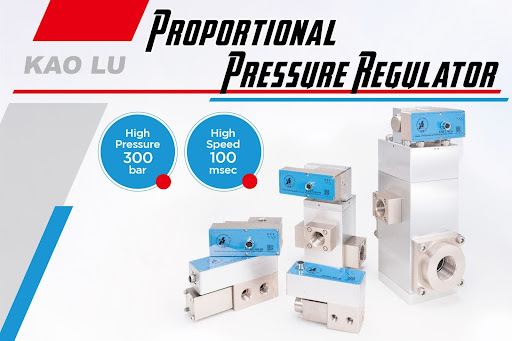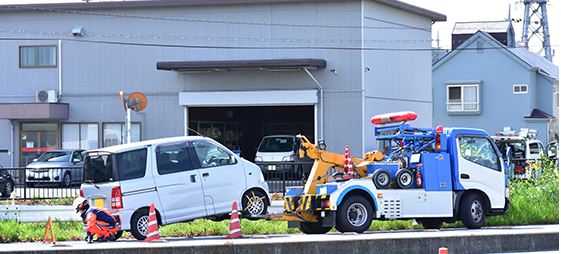The procurement departments need to be able to make relevant and effective purchasing decisions in a competitive and dynamic business environment. And it may be transformative whether you are procuring IT services, construction contracts, or consulting expertise, knowing how to conduct yourself in regards to RFPs and RFIs. These two critical documents are the basis of efficient, transparent, and organised procurement particularly with the aid of smart tender software solutions.
What Are RFPs and RFIs?
Request for Proposal (RFP) and Request for Information (RFI) are the terms that are often used in procurement and vendor management. They are different though related, and their purposes are different:
- RFI is used to collect some general data concerning suppliers, products and capabilities.
- RFPs are requested when the requirements are clear.
- Both would seek to promote transparency, equity and correspondence between the buyers and suppliers.
All of them have a strategic aspect in making sure that businesses select the appropriate partners for their projects with the help of data and transparency.
The purpose of business is to use RFPs and RFIs.
These documents help organisations make informed and data-driven decisions and efficiently manage supplier relationships. This may be achieved by setting expectations early on to prevent undue confusion, risk management, and simplify the process of collaboration with vendors.
They also aid in standardisation of the evaluation process in the sense that proposals will be evaluated at the same time and fairly.
The Major Differences between the RFPs and RFIs.
Even though they are usually used interchangeably, the RFPs and RFIs can be used at different phases of procurement:
- RFI: This is used during the first phase as an effort to gather market intelligence and capabilities of vendors.
- RFP: It is used after the project is well understood and suppliers are invited to give concrete solutions and costs.
To the point, an RFI assists you in knowing what there is to take, whereas an RFP assists you in knowing whom to select.
Tender Software’s role in managing RFPs and RFIs.
The current tender software like EA Global AI automates the lengthy and complicated process of administering RFPs and RFIs. Rather than spending time and effort comparing hundreds of offers and replies manually, automation applications centralise the data, monitor the communication with suppliers, and make sure it is compliant.
Tender software assists the procurement groups to:
- Minimise administrative workload.
- Ensure consistency in evaluation criteria.
- Enhance the swiftness and effectiveness of decision-making.
- The way Tender Automation improves efficiency.
Automation software streamlines end-to-end RFP and RFI operations in a digital form—from creation to submission and assessment. It makes all documents traceable, organised and audit-friendly.
This computerised solution removes the errors in the spreadsheets, reduces the number of emails, and provides real-time visibility across departments, which means that no valuable submissions are missed.
The Advantages of Software RFP and RFIs Management.
With the help of sophisticated software, procurement is conducted as a reactive process rather than a proactive, insight-driven operation. The main advantages include:
- Increased cooperation: It is possible to see and comment in a single working environment.
- Standardisation: The templates provide a consistent format and ensure compliance across all documents.
- Quick turnaround: Automated processes reduce the response time by massive margins.
The facilitation of these enhancements helps procurement professionals be more analytical and strategically oriented and not paperwork.
Ordinary Problems in the absence of RFP/RFI Software.
RFPs and RFIs when handled manually are prone to:
- Communication failures between groups and contracting officers.
- Data loss in scattered spreadsheets or email messages.
- Inability to retain audit trails or keep track of version issues.
These inefficiencies result in delays, increased costs and even compliance risks, which can be prevented with the right tender management platforms.
Selecting the Right Tender Solution.
The choice of an appropriate tender management software is based on the organisational size, industry and the volume of procurement. The main characteristics to be considered are:
- Single dashboard on all RFPs and RFIs.
- Response scoring and comparison programs.
- Connection to current procurement or ERP systems.
Anticipated solutions such as EA Global AI will offer scalable, secure and usable tools, which can be adjusted to your procurement requirements without losing auditability and control.
RFP and RFI Success Best Practices.
To achieve optimal efficiency and involvement of the suppliers:
- The goals and expectations in every document should be well-defined.
- Maintain an open and transparent communication with vendors.
- Use automation to monitor and hold responsibility.
The practices facilitate organisations in making informed decisions that reduce time and cost, and encourage long-term vendor associations.
Conclusion
The effective realisation of procurement excellence is very much dependent on understanding and implementation of RFPs and RFIs. Through these documents, the sourcing process is made to be transparent, consistent and professional to make sure that each supplier is dealt with in a manner that is fair to all.
Through smart tender software solutions, organisations would be able to remove inefficiencies, improve transparency, and achieve complete control over the procurement lifecycle. Sourcing is automated in the future, and the adoption of tools such as the platform of EA Global AI will keep your organisation competitive, compliant, and set to expand.
For More Update and Stories Visit: Info Records















